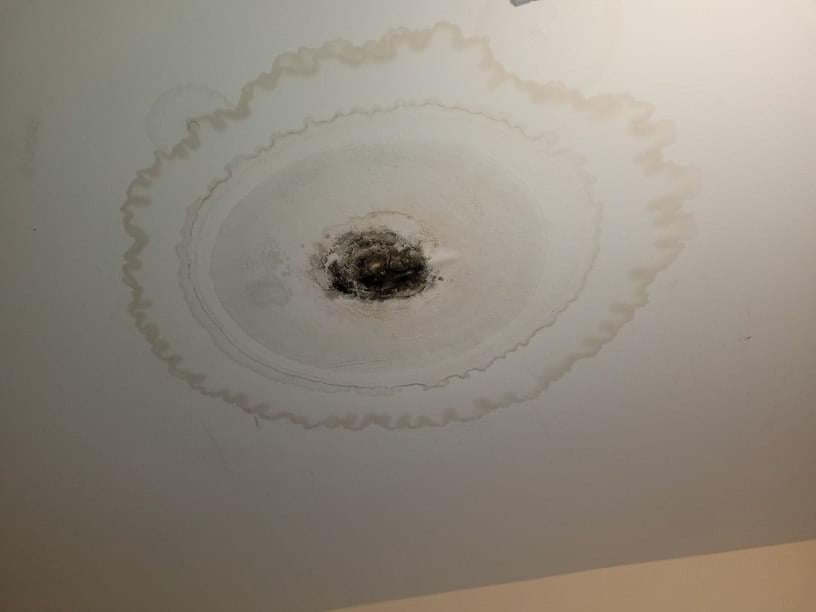We've unearthed the article relating to Locating water leaks listed below on the internet and think it made good sense to share it with you on this site.

Early detection of leaking water lines can minimize a possible catastrophe. Aside from saving you cash, it will lessen the stress as well as disappointment. The minute you locate a leakage, calling your plumber for repairs is the best option. However, some tiny water leaks may not be visible. If you can not identify it with your naked eyes, below are some hacks that aid.
1. Examine the Water Meter
Every home has a water meter. Inspecting it is a proven manner in which aids you uncover leaks. For starters, switch off all the water resources. Make certain no one will purge, make use of the faucet, shower, run the washing equipment or dishwasher. From there, most likely to the meter and also watch if it will certainly change. Since no person is using it, there ought to be no motions. That shows a fast-moving leak if it relocates. Similarly, if you find no changes, wait an hour or more and check back once again. This means you may have a sluggish leak that might even be underground.
2. Examine Water Usage
If you find sudden adjustments, despite your intake being the exact same, it means that you have leaks in your plumbing system. A sudden spike in your bill indicates a fast-moving leak.
On the other hand, a stable boost each month, even with the very same habits, shows you have a sluggish leakage that's likewise slowly escalating. Call a plumber to completely examine your building, especially if you really feel a cozy location on your flooring with piping underneath.
3. Do a Food Coloring Examination
When it comes to water consumption, 30% comes from toilets. If the color somehow infiltrates your dish during that time without flushing, there's a leak in between the storage tank as well as dish.
4. Asses Outside Lines
Don't neglect to check your outside water lines also. Ought to water leak out of the link, you have a loose rubber gasket. One little leak can lose tons of water and also surge your water bill.
5. Examine and Assess the Circumstance
Homeowners need to make it a behavior to examine under the sink counters and also inside cupboards for any bad odor or mold development. These 2 warnings suggest a leakage so timely attention is needed. Doing regular inspections, even bi-annually, can conserve you from a major issue.
Check for stainings as well as deteriorating as many appliances and also pipelines have a life span. If you presume leaking water lines in your plumbing system, don't wait for it to escalate.
Early discovery of dripping water lines can mitigate a potential disaster. Some tiny water leaks may not be noticeable. Examining it is a proven way that assists you find leakages. One small leak can lose tons of water and also increase your water bill.
If you suspect dripping water lines in your plumbing system, do not wait for it to intensify.
How to Know If Your Home Has a Hidden Leak
Water Meter Reveals Inexplicable Water Usage
If you’d like to test whether or not there’s a leak somewhere in your home, you can do this using your water meter. Here is how to conduct the test:
Don’t use any water in your home for at least 30 minutes; this also means not turning on faucets or water-using appliances.
Go outside, and check your water meter for activity.
If your water meter shows that there was activity, even though no one was using any water, this proves that there is a leak in your home.Visible Mold or Mildew Growth
Leaks behind walls create moist, dark environments that allow mold and mildew to grow and thrive. Eventually, you might see mold growth forming on the wall closest to a hidden leak.
If mold is growing in an area that receives a high amount of moisture, such as a bathroom, it may simply be an indication that better ventilation is needed. However, if you see mold growth on a wall or the ceiling in an area where you would not expect, you probably have a hidden leak.
Musty, Mildew Odor
Sometimes you might not be able to see the mold or mildew that is growing as a result of a leak. However, the smell can give the problem away just as easily. If you catch a whiff of something musty, there’s a good chance that old water is collecting somewhere in your home that you can’t see.
Stained/Warped Walls, Ceilings, or Floors
When your home soaks up water, a variety of red flags can become visible, including ceiling stains, bubbling drywall, warped walls, and sagging floors. While these issues can be caused by excess humidity, they can also be signs that a pipe or plumbing connection has started leaking behind your walls.
Inexplicably High Water Bill
After a while, you get a general sense for what your water bill should be. If you own a pool or sprinkler system, your bill will tend to be higher during summer. However, if you receive a water bill that seems especially high, and you can’t figure out what caused it, then you may have a hidden leak somewhere that’s increasing your bill.
https://www.plumbingjoint.com/blog/2019/july/how-to-know-if-your-home-has-a-hidden-leak/

As a passionate reader on Detecting hidden plumbing leaks, I was thinking sharing that piece of content was really helpful. Sharing is nice. Helping people is fun. I am grateful for your time. Kindly stop by our blog back soon.
Visit Site